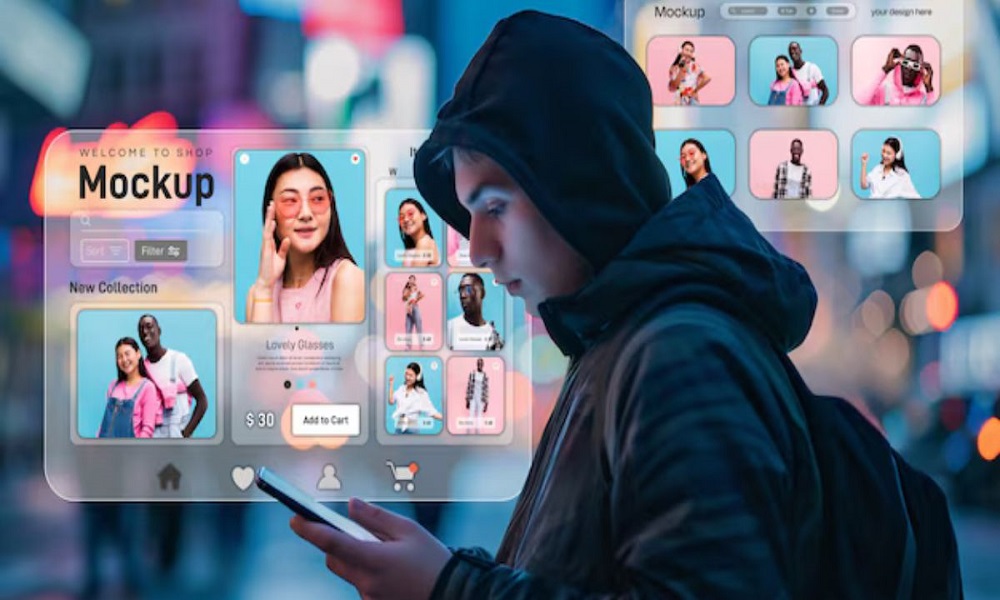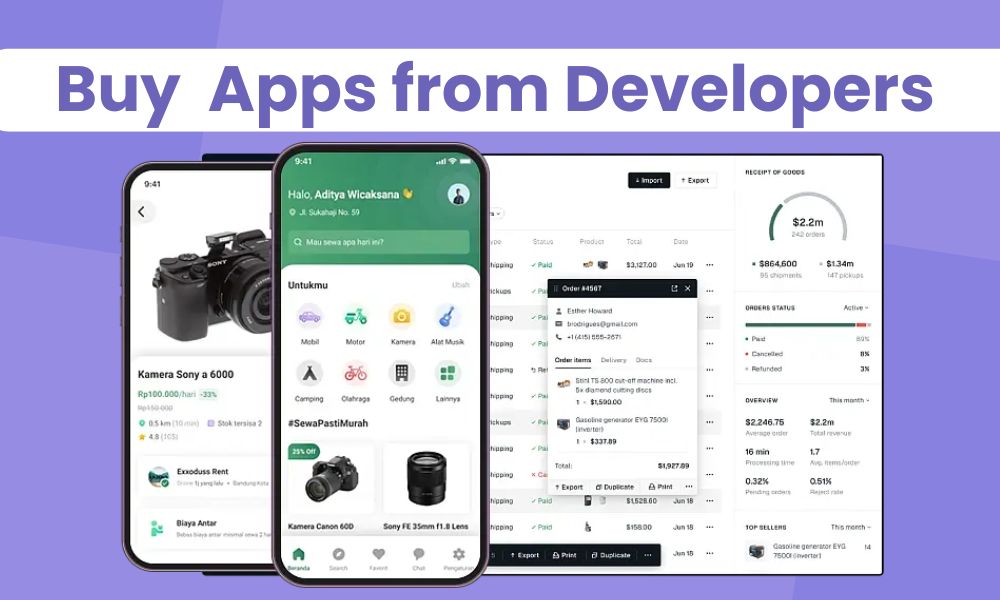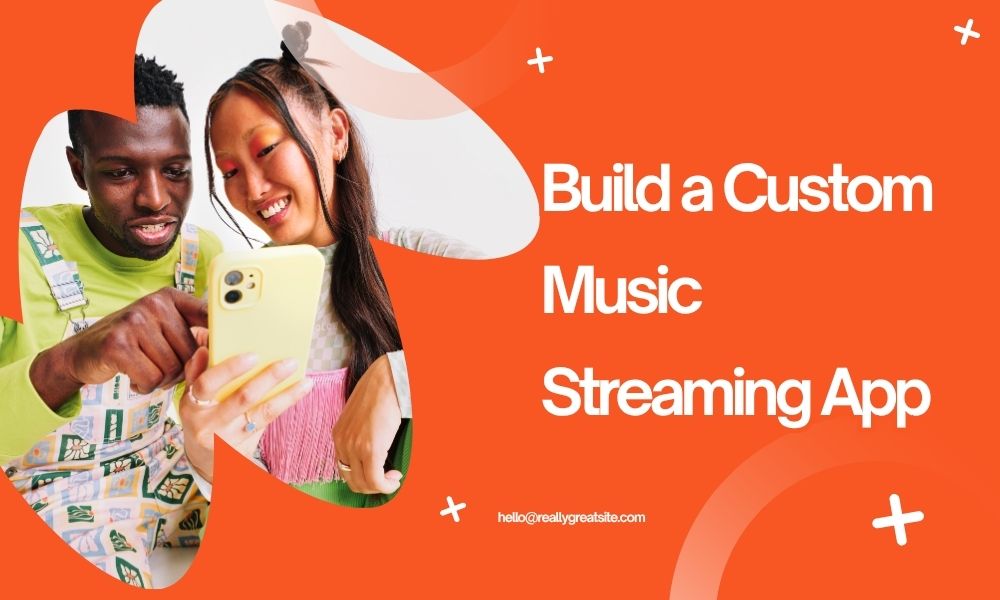In a digital-first world, the demand for seamless audio experiences is growing rapidly—not just among consumers, but also across businesses aiming to build branded platforms, monetize content, or deliver immersive media services. If you're considering investing in music streaming app development, you're tapping into a space where innovation meets opportunity.
From startups to large-scale enterprises, creating a music streaming app isn't simply about uploading tracks and enabling playback. It’s about delivering a high-performance, scalable, and personalized experience that meets the expectations of modern users—on any device, under any conditions. And if you're building this at an enterprise level, your platform must be robust enough to handle large user bases, complex licensing systems, and real-time engagement features.
In this in-depth guide, we’ll walk you through the key steps, best practices, and technical choices involved in building a music streaming app that’s tailored for enterprise-grade performance.
The Business Case for Building an Enterprise-Grade Music Streaming App
The global music streaming market has seen explosive growth. According to recent industry reports, it's projected to surpass $80 billion by 2030. But beyond consumer platforms like Spotify and Apple Music, businesses are finding unique use cases:
- Media companies launching branded streaming platforms
- Fitness and wellness brands integrating music into apps for workouts or meditation
- Educational platforms using audio content to enhance learning
- Telecom and tech enterprises bundling music with subscription packages
Each of these examples reflects a broader trend: music is no longer just entertainment—it’s a strategic business tool. Investing in music streaming app development allows you to control the user experience, integrate personalized branding, and explore new revenue streams like premium subscriptions, ad-based models, or exclusive content offerings.
Step 1: Laying the Foundation – Defining Scope and Strategy
Before writing a single line of code, define the scope of your music streaming app. This step will shape your roadmap and prevent scope creep later on.
Ask the right questions:
- Who is your target user? (Consumers, B2B clients, niche audiences?)
- Will your platform offer on-demand content, radio-style streaming, or live audio?
- What devices and platforms will you support (mobile, web, smart TVs, wearables)?
- How will users interact with your app—free tier, paid plans, freemium model?
- What rights management and licensing systems do you need to integrate?
This initial discovery phase is essential for translating business goals into technical decisions. If you're working with an experienced app development company, they can help create a roadmap aligned with your objectives.
Step 2: Technology Architecture – Building for Performance
To deliver an enterprise-grade experience, you need an architecture that’s scalable, flexible, and resilient.
Microservices-Based Architecture
Rather than a monolithic design, opt for a microservices approach. This separates core features like user authentication, content catalog, streaming, payments, and analytics into independent services. Each one can scale or update without affecting the others.
Cloud Infrastructure
Using cloud providers like AWS, Google Cloud, or Azure gives you access to auto-scaling, storage, and media services. You’ll need:
- Cloud storage for audio files (Amazon S3, Google Cloud Storage)
- CDNs (Content Delivery Networks) to deliver files quickly and reduce latency
- Serverless functions for handling events (e.g., playlist creation, user onboarding)
Real-Time Load Management
Deploy load balancers to manage traffic during peak usage. Use auto-scaling groups to automatically adjust resources during traffic spikes—critical for high-profile music drops or live events.
Database Management
Use a combination of:
- SQL databases (like PostgreSQL) for structured data: user info, subscriptions, payments.
- NoSQL databases (like MongoDB or DynamoDB) for flexible data: music metadata, playlists, behavior tracking.
This combination gives your app the performance and flexibility it needs as it grows.
Step 3: Features That Matter
To stay competitive and deliver real value, your online music streaming app needs a rich set of features:
Adaptive Streaming Engine
Implement streaming protocols like HLS (HTTP Live Streaming) or MPEG-DASH for seamless playback. These adjust audio quality based on the user’s internet connection, offering a smooth experience with minimal buffering.
Smart Search and Discovery
Users expect intelligent search, personalized recommendations, and curated playlists. Leverage machine learning algorithms and behavior analytics to enhance content discovery.
Offline Access
Enterprise users (especially in fitness, travel, or education) often need offline functionality. Build secure download features with encryption and DRM (Digital Rights Management).
Multi-Platform Access
Ensure consistent experiences across:
- iOS and Android (native or cross-platform frameworks like Flutter or React Native)
- Web browsers (via PWA or React/Angular apps)
- Smart devices like TVs, smart speakers, and cars
User Engagement Features
Build loyalty with:
- Likes, follows, and sharing options
- Custom playlists and collaborative features
- Push notifications for new releases or content updates
Step 4: Licensing, Compliance, and Rights Management
No music streaming app development project is complete without handling licensing. This is often the trickiest part, especially if you're planning to host commercial or copyrighted music.
Options include:
- Direct licensing from artists, labels, or aggregators
- Third-party services like SoundExchange, TuneCore, or RightsFlow
- Partnerships with major record labels
Your app must be built to integrate these licensing structures seamlessly, ensure royalty tracking, and support region-based restrictions.
Step 5: Monetization Models for Long-Term Growth
Building a great music streaming app is just the start—you also need a strategy to make it profitable.
Popular models include:
- Freemium: Offer basic access with ads, charge for premium features
- Subscription: Monthly plans for ad-free, offline, or HD streaming
- Ad-supported: Monetize via audio ads, banners, and video pre-rolls
- Transactional: Let users buy individual albums or tracks
Integrate secure payment gateways and billing systems (Stripe, PayPal, Apple Pay) and offer localized pricing for global scalability.
Step 6: Analytics, Insights, and Personalization
In today’s competitive landscape, data is everything. Use analytics tools (like Firebase, Mixpanel, or Amplitude) to track:
- Listener behavior (skips, replays, shares)
- Most-played content
- Conversion funnels from free to paid
- Drop-off points during playback
Use these insights to personalize the user experience—recommend similar tracks, auto-generate playlists, or suggest content based on mood or activity.
Step 7: Maintenance, Testing & Iteration
Once your app is live, the real work begins. Enterprise-grade music streaming app development includes:
- Regular updates to fix bugs, update features, and ensure compliance
- Load testing to handle real-world traffic
- Monitoring tools to keep an eye on server health, latency, and usage patterns
- User feedback loops to continuously improve the product
A proactive maintenance plan can reduce churn, enhance performance, and increase user satisfaction.
Conclusion
Creating a high-performance music streaming app isn’t just about development—it’s about vision, execution, and constant evolution. With the right architecture, features, and business strategy, your app can offer enterprise-level quality that attracts users, supports scale, and opens new business opportunities.
Whether you’re launching a brand-new platform or expanding an existing service, the key to success lies in choosing the right app development company, defining a clear strategy, and building with users in mind from day one.
By embracing best practices in music streaming app development, you’re not just building an app—you’re crafting a next-generation audio experience that resonates across devices, platforms, and industries.


